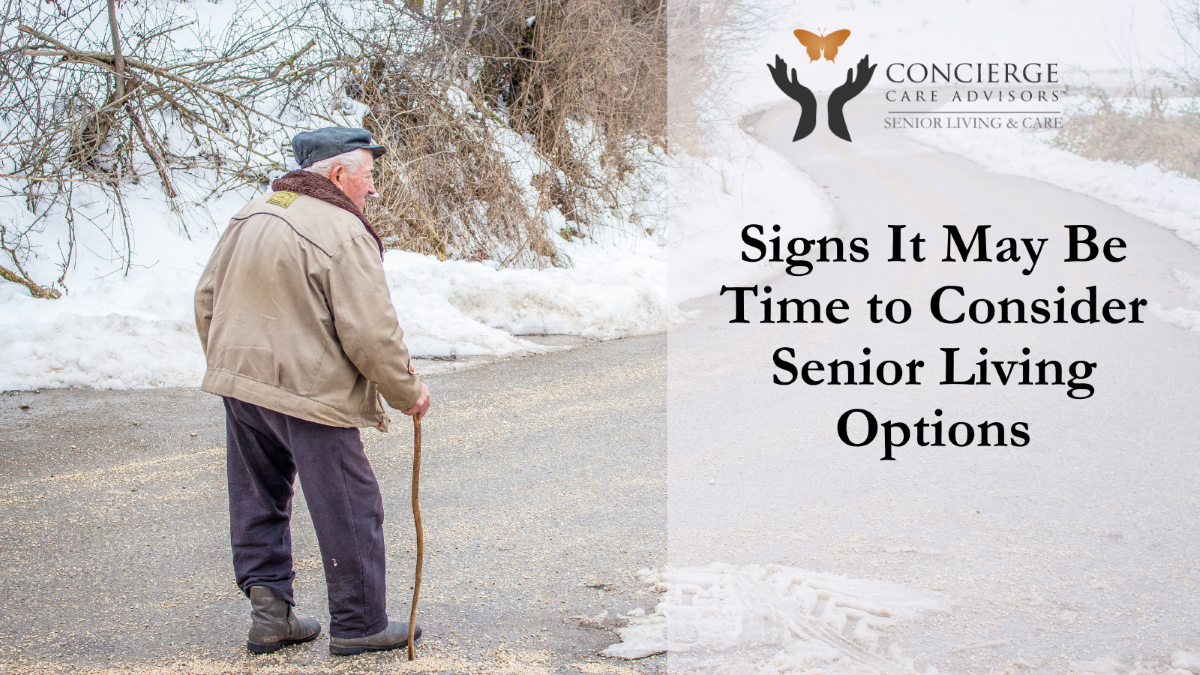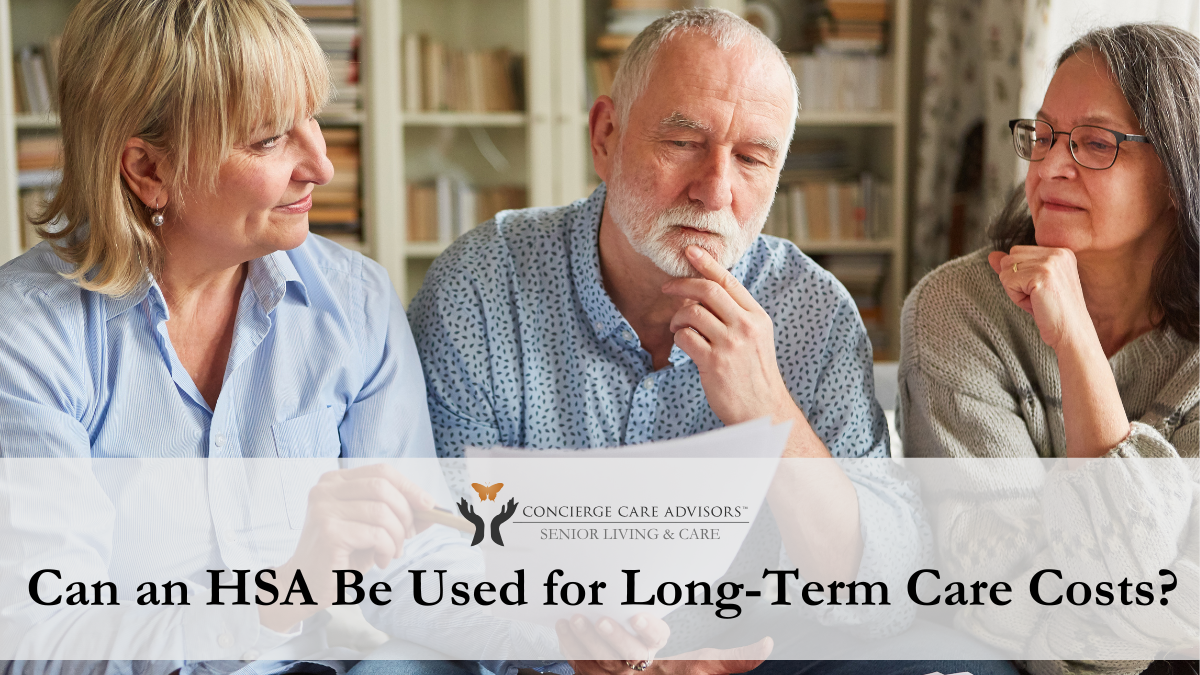By Kathy Finley, Director of Family Services for Concierge Care Advisors
What Are Shingles and Why Do They Affect Seniors?
Shingles, also known as herpes zoster, is a viral infection that causes a painful rash. It’s triggered by the same virus that causes chickenpox—varicella-zoster. After a person recovers from chickenpox, the virus remains dormant in the body and can reactivate years later, leading to shingles. For seniors, shingles can pose significant health risks, making awareness and prevention essential.
What Are the Symptoms of Shingles?
Early Signs of Shingles
Shingles often begins with subtle symptoms such as:
- Tingling or burning sensation in a specific area of the skin.
- Localized pain, itching, or sensitivity.
Advanced Symptoms
Within a few days, more noticeable symptoms develop, including:
- A red rash that progresses into painful, fluid-filled blisters.
- Fever, chills, headache, or fatigue.
- Sensitivity to light.
For seniors, shingles can be particularly challenging due to the increased likelihood of complications, such as postherpetic neuralgia (PHN), a condition that causes prolonged nerve pain even after the rash clears.
Why Are Seniors at Higher Risk for Shingles?
Weakened Immune System
As we age, our immune systems weaken, making seniors more susceptible to the reactivation of the varicella-zoster virus.
Complications in Seniors and Shingles
Seniors are more likely to experience severe complications, such as:
- Postherpetic Neuralgia (PHN): Chronic nerve pain that can last for months or years.
- Vision Loss: If shingles affect the eyes, it can lead to long-term damage.
- Infections: Open blisters can become infected, causing further health issues.
Prevention and Treatment for Seniors with Shingles
Vaccination
The shingles vaccine is the best defense against shingles. Recommended for adults over 50, the vaccine significantly reduces the risk of developing shingles and its complications.
Early Treatment
If shingles symptoms appear, it’s crucial to seek medical attention immediately. Antiviral medications like acyclovir, valacyclovir, and famciclovir can:
- Shorten the duration of the illness.
- Reduce the severity of symptoms.
- Lower the risk of complications.
Pain Management
Doctors may recommend pain relievers, corticosteroids, or nerve blocks to manage discomfort.
Tips for Seniors to Reduce Risk
- Stay vaccinated with both the shingles vaccine and the flu shot to maintain overall health.
- Practice stress management, as stress can trigger virus reactivation.
- Maintain a healthy lifestyle, including a balanced diet, regular exercise, and sufficient sleep, to support immune health.
Seniors and Shingles: Protecting Seniors from Shingles
Understanding what shingles are and how they affect seniors is critical for prevention and early intervention. With proper awareness, vaccination, and medical care, seniors can significantly reduce the risks associated with this painful condition.
Are you or a loved one exploring senior living options with expert guidance? At Concierge Care Advisors, our senior living experts specialize in helping families navigate health challenges and find supportive living environments. From tailored care plans to expert advice, we’re here to assist. Visit our Contact Us page to connect with a senior living expert today.

























